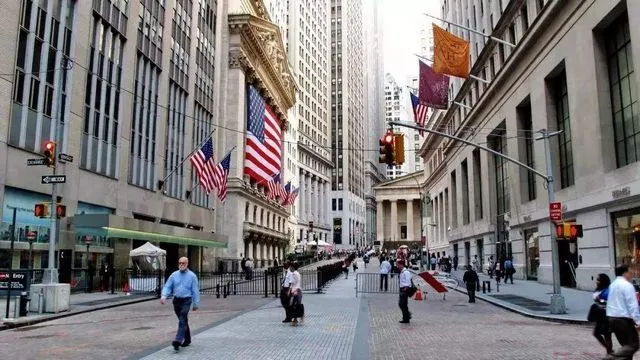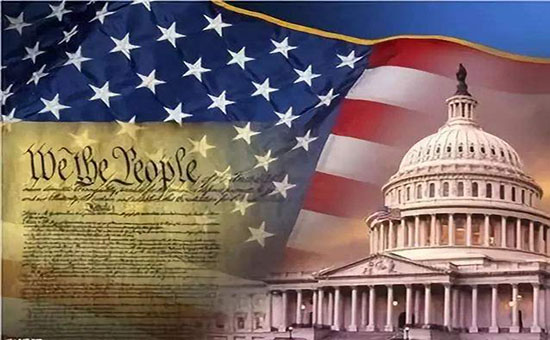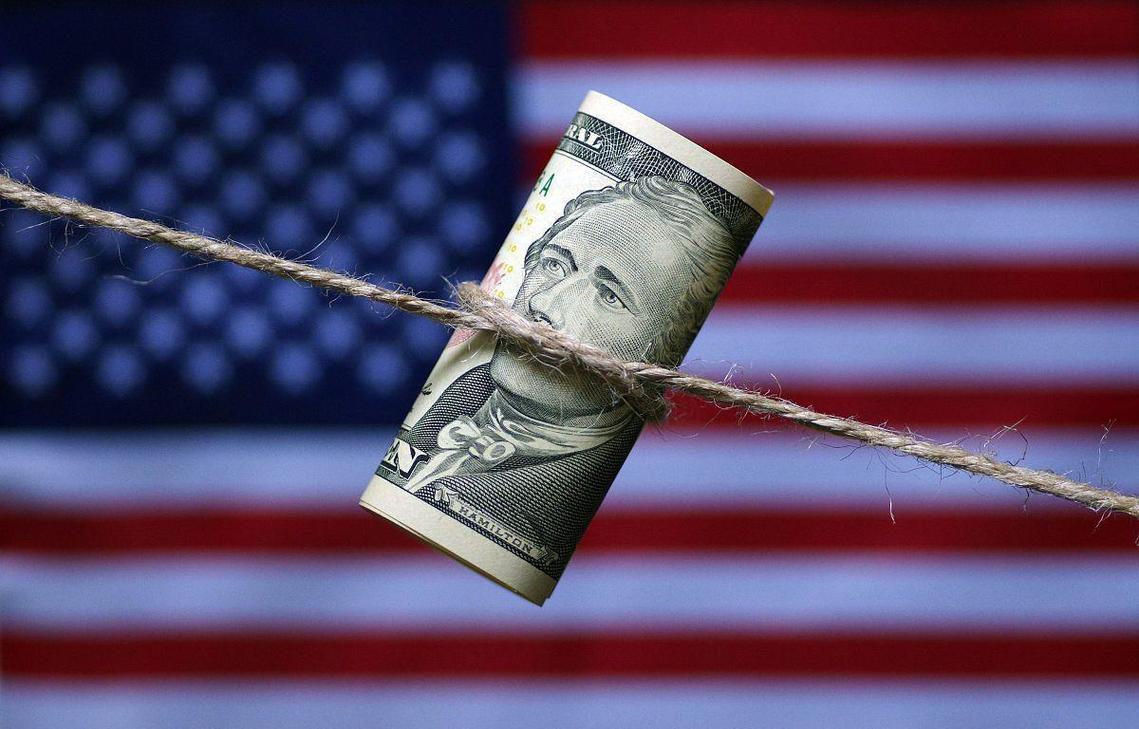
On September 10, US Treasury Secretary Janet Yellen said in an interview on her way back from the G20 summit that she was increasingly confident the United States would be able to contain inflation without hurting the job market, saying she was encouraged by data showing a steady slowdown in inflation and a new influx of job seekers. So can the US economy really achieve a soft landing?
The U.S. unemployment rate rose to an 18-month high of 3.8 percent in August, according to new data, one of several recent signs of a significant weakening in the labor market and a necessary step for the Federal Reserve to bring inflation down to 2 percent and keep it there. This was not enough to ensure that the US avoided recession altogether, but it did help.
As a result of supply chain disruptions and higher oil prices following the conflict with Ukraine, headline inflation surged from less than 2% in early 2021 to 9.1% in June 2022, when related economic stimulus and the impact of the COVID-19 pandemic fuelled a buying spree by US consumers. But overall inflation has fallen below 4% this year because of lower oil and air fares, slower rental increases and lower health insurance prices. The question is, where has core inflation gone? Much depends on the balance between aggregate supply and demand, and the labor market is the best barometer.
To be sure, the rise in the unemployment rate in August was just one month of data, and some economists downplayed it because it reflected a surge in people joining the labor force over the summer. In fact, the beauty of the unemployment rate is its simplicity: a single number tells us whether the economy is shedding slack (i.e., inflationary pressures are building) or increasing slack (i.e., inflationary pressures are dissipating).
The three-month average unemployment rate has been gradually rising since April, and job openings in government and private surveys have fallen sharply, a trend that confirms signs of a slowing labor market. On the face of it, job growth doesn't seem to support the notion of a weakening economy. Nonfarm payrolls increased by 187,000 in August, about twice as many as would be expected in a steady economy. That number would have been higher had it not been for the bankruptcy of a trucking company and the Hollywood strike.
But these figures must be adjusted for the continuing impact of the epidemic. Steven Blitz, chief US economist at TS Lombard, classifies retail, accommodation and food services, healthcare and social services as "backfill" sectors: those most affected by the pandemic and still hiring to return to normal staffing levels. They account for about a third of total employment, but they accounted for nearly 70 percent of private sector employment over the past three months. "The backfilling industry needs to be excluded to get the potential private sector job growth," Blitz said, adding that only 52,000 jobs were added in August, an average of 24,000 per month over the past three months, and down sharply from 113,000 in May. This has all the hallmarks of a pre-recession trend."
Separately, the share of people who say jobs are hard to find has risen significantly since April, while the share of consumers who say jobs are plentiful has fallen, according to the Conference Board. The deepening job market slump is at odds with economic output. Us GDP grew at a robust 2.1 per cent annual rate in the second quarter, while a surge in consumer spending puts third-quarter GDP on track to exceed 3 per cent. That is well above the long-run potential economic growth rate of 1.8 per cent, suggesting that inflationary pressures are building.
But unlike unemployment, GDP should not be taken at face value. In fact, it can be measured in two ways. Adding up spe
 nding on goods and services by the government, consumers, businesses and foreigners gives us the familiar GDP measure. Add up the wages, benefits, profits, interest, and rent earned from producing these goods and services to come up with the little-known gross domestic income (GDI). Adjusted for inflation, GDP rose 2.5 percent in the 12 months through June, while GDI fell 0.5 percent, an unusually large difference.
nding on goods and services by the government, consumers, businesses and foreigners gives us the familiar GDP measure. Add up the wages, benefits, profits, interest, and rent earned from producing these goods and services to come up with the little-known gross domestic income (GDI). Adjusted for inflation, GDP rose 2.5 percent in the 12 months through June, while GDI fell 0.5 percent, an unusually large difference.
As a result, labor, output and business data as a whole show that the U.S. economy is weakening, which is necessary to bring down inflation. But a soft landing still depends on two things. First, will inflation continue to slide towards 2 per cent? If inflation stagnates between 3% and 4%, the Fed will have to raise interest rates further, eventually triggering a recession. Second, every recession looks like a soft landing at first. The modest rise in unemployment in August is welcome. The risk is that more could be on the way.
Deutsche Bank strategists believe that with inflation still uncomfortably high, there is a good chance that the US economy will fall into recession next year. A recession is still more likely than a "soft landing" due to the Fed's aggressive rate hike campaign.

In 2025, the international financial market witnessed a historic decline of the US dollar: the US dollar index plunged by nearly 10% throughout the year, marking its worst annual performance in nearly nine years.
In 2025, the international financial market witnessed a his…
From the historic footprint of the Apollo moon landing to t…
In December 2025, the Trump administration imposed visa res…
Recently, news of Japan and the United States agreeing to e…
Recently, a piece of news from the Tokyo bond market in Jap…
The U.S. economy in December 2025 resembles a meticulously …